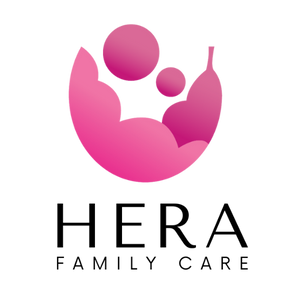
5 Steps to Financially Prepare for Parenthood by Aunjane Johnson
Here are some helpful tips on preparing for a baby

The journey to parenthood and motherhood begins with cells and cellular compounds as we know.
During ejaculation, the spermatozoa enter the vagina and travel to the cervix which they pass with different levels of “difficulty” depending on the phase of the woman’s cycle and the quality of the sperm.
There they penetrate the uterus and enter the fallopian tubes. From there they reach the egg that has the follicle inside. Conception occurs when the head of a spermatozoon manages to break through the wall of the follicle and enters. This is how fertilisation begins.
The fertilised egg then travels back down the fallopian tubes and implants into the uterine wall as you can see in the image below.

It’s not always a simple matter.
Fertilisation for some couples is easy and for others more difficult. This depends on many factors such as the woman’s cycle, sperm quality and the couple’s overall health.
In addition to the physiological processes that affect fertilisation, it is greatly influenced by the emotional wellbeing of the woman or couple.
The study of mental health fluctuations related to parenthood and conception are of particular interest. Conception is not always an easy task but modern medicine and technology have made parenthood more accessible to couples who find it difficult to conceive.
We will talk about assisted reproduction in another chapter on the Hera Family Care page. Do you want to know more about fertilisation and conception? Join our preconception workshop to increase your knowledge.

Here are some helpful tips on preparing for a baby

Menopause is a natural biological process that marks the completion
Stay in touch with us for more articles and publications.
© All rights reserved by Hera Family Care. Designed and Developed by Cybeem Technologies
